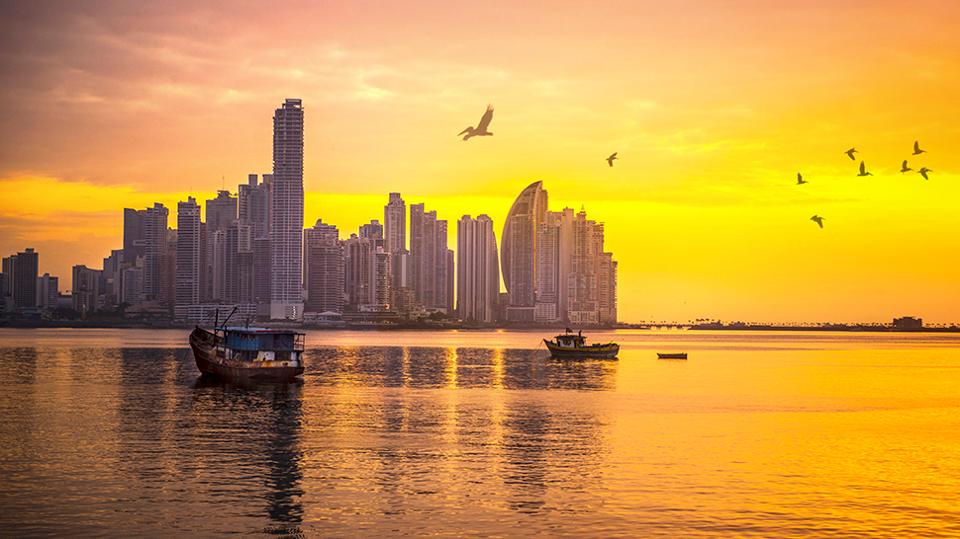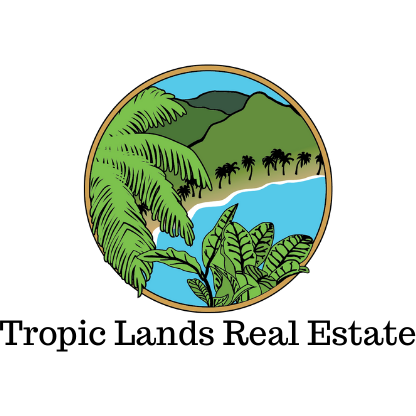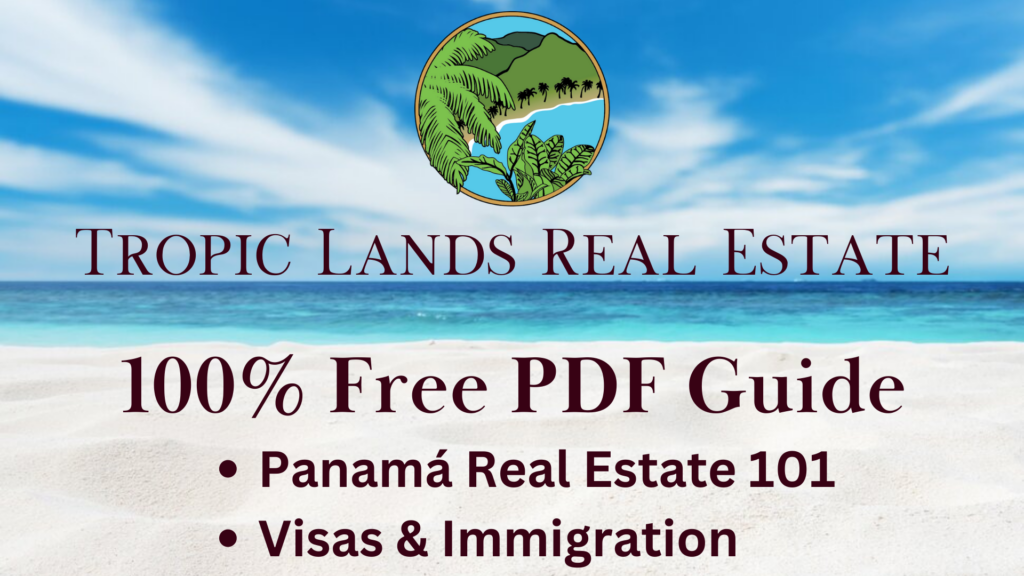Learn more information about Panamá by clicking on the various tabs below!
PANAMÁ
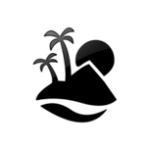
GEOGRAPHY
Panama is located in Central America, bordering both the Caribbean Sea and the Pacific Ocean, between Colombia and Costa Rica. It primarily lies between latitudes 7° and 10°N, and longitudes 77° and 83°W
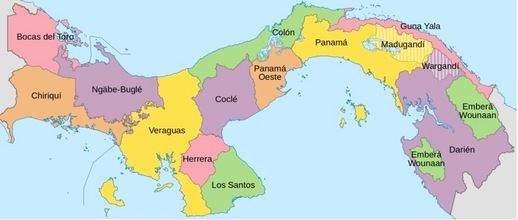
Panama is host to 10 provinces, 4 million people, 8 indigenous tribes, 2 oceans, a stunning central dividing mountain range known as La Cordillera, and a multitude of dynamic environments.
As well the country is home to plenty of animal life including 228 mammal species such as jaguar, monkeys, and various types of whale, as well as 940 bird species, 226 reptile species and 164 amphibian species.
The capitol of the country, Panama City, acts as the heart and headquarters of the country, hosting businesses/companies from all parts of the globe, an international airport, tourism, and offers the individual a chance to do, eat, or buy,
just about anything. David, located near the country’s border with Costa Rica, is the 2nd largest city followed by Santiago which is located halfway between Panama and David.
Once leaving the larger cities, you will dive directly into the true unspoiled Panama.
~ Crystal clear bays and palm lined white beaches of the Caribbean
~ Brisk valleys and peaks set high up in the coffee mountains of the dividing range
~ Endless valleys, mountains, beaches, river, and islands making up the intricacy of the Pacific coast
Each province of Panama offers a unique atmosphere, landscape, and culture. Tropic Lands Real Estate & Consulting is based on the western side of the Azuero Peninsula of Veraguas, and offers real estate services for all provinces of the country.
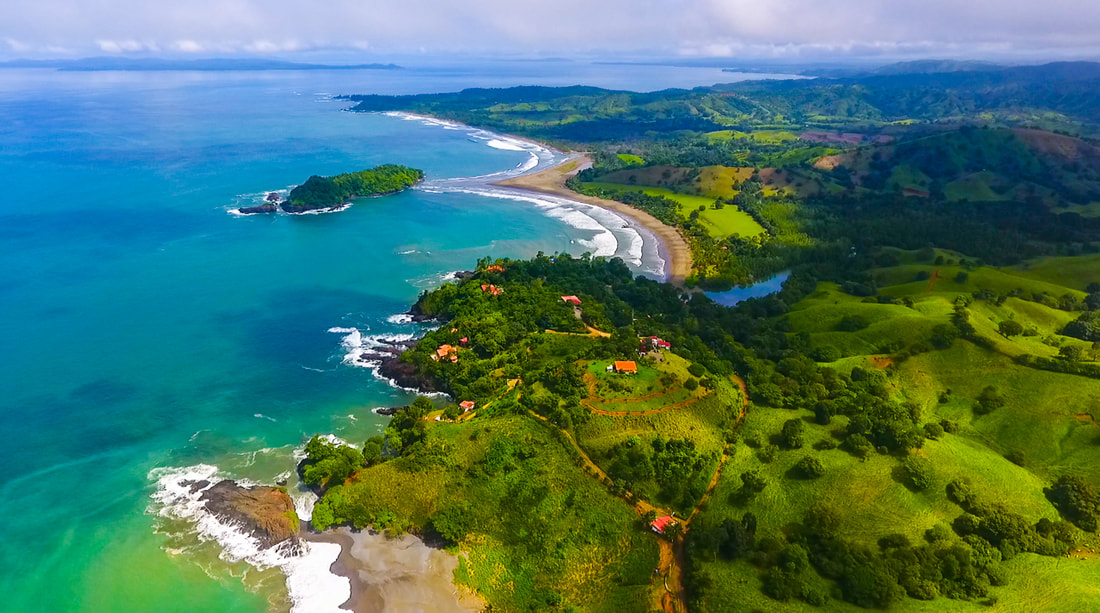
MARIATO DISTRICT, OF THE PACIFIC COAST OF VERAGUAS

ECONOMY
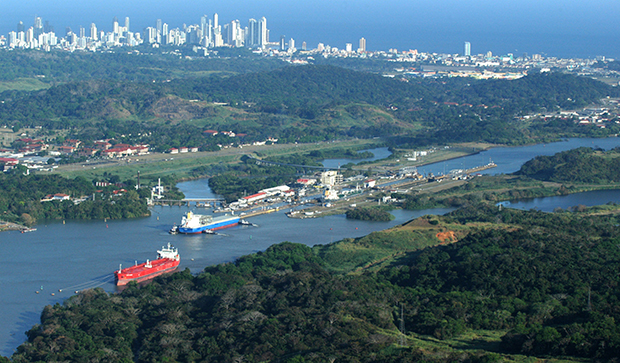
The high levels of Panamanian trade are in large part from the Colón Free Trade Zone, an area located on the Caribbean coast of Panama, north of the capitol city, and the largest free trade zone in the Western Hemisphere. Last year the zone accounted for 92% of Panama’s exports and 64% of its imports, according to an analysis of figures from the Colon zone management and estimates of Panama’s trade by the United Nations Economic Commission for Latin America and the Caribbean. Panama’s economy is also very much supported by the trade and export of coffee and other agricultural products.
In current times, Panama has become one of the fastest growing and best managed economies in Latin America. Tourism, foreign investment, domestic development/infrastructure, and trade (due to expansion of the Panama Canal and the United States – Panama Trade Promotion Agreement) are all on the rise with no signs of slowing. Panama is also the second largest financial headquarters of the world, 2nd only to Switzerland. The GDP value of Panama represents 0.08 percent of the world economy, averaging $10.49 Billion USD from 1960 until 2015, reaching an all time high of $52.13 Billion USD in 2015.
Panama is an internationally recognized hub for commerce, trade, finance, business, and investment. The economy is on the rise, strong, and stable, with very solid foundations.

GOVERNMENT
State and of the municipalities.
The most recent election appointed Laurentino Cortizo, as Panama’s new President.
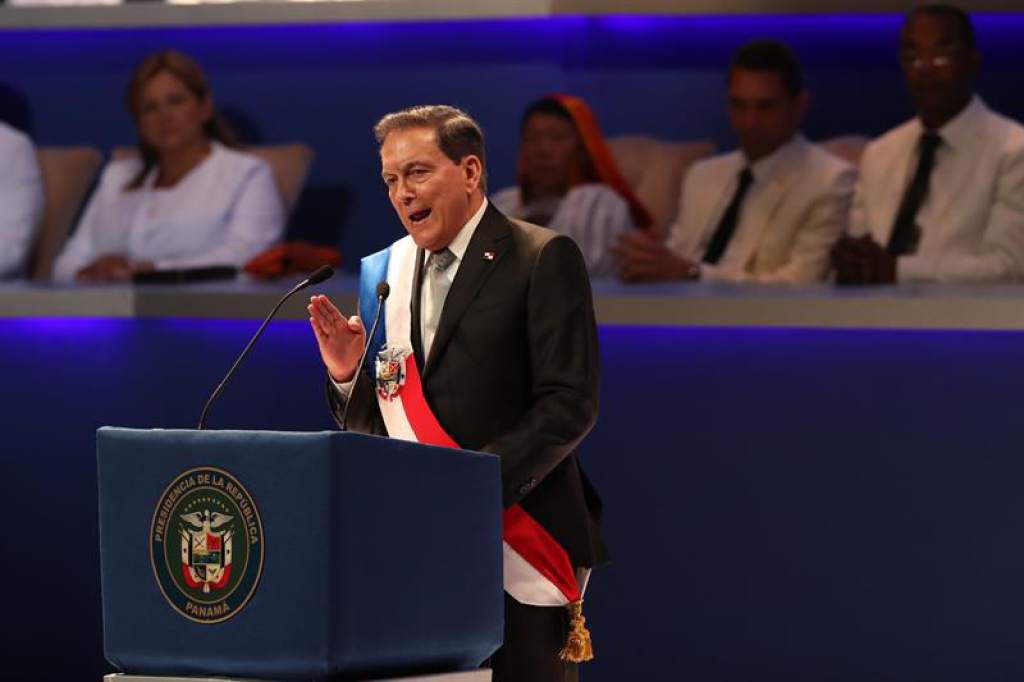

TOURISM & IMMIGRATION
Typically, a tourist is granted a free 6 month tourist visa upon entering the country. In the past 15 years tourism has become a strong component of Panama. For many years the country flew under the radar, even with its incredible history, stunning beaches and natural attractions, and cheap beer. Now days however, the country of Panama often sees a quantity of 2 million tourist entering the country each year. Each part of the country hosts a different atmosphere, climate, and various attractions, and therefor nearly the entire country experiences the benefits of traveling tourists. Panamanians are friendly and welcoming towards foreigners, and the golden rule never fails:
“Show them a smile, and they will reply with an even bigger smile”
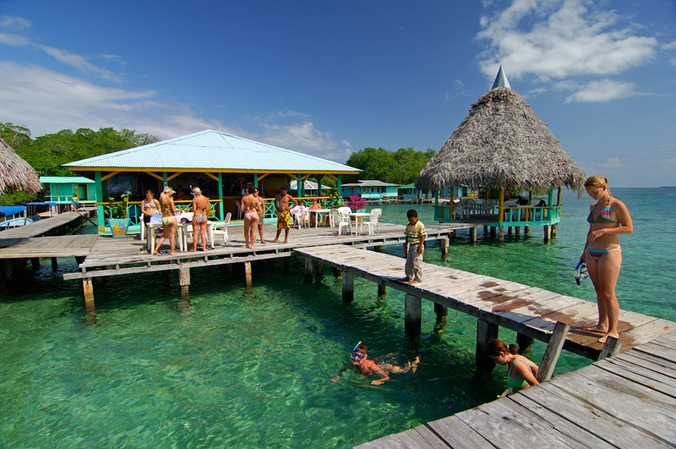
IMMIGRATION
Panama is a very popular destination for foreigners to live part time, invest, do business, and retire. The Panamanian government offers many incentives for foreign immigrants, as well as various types of permanent residency options and even the opportunity to acquire citizenship. Our legal team can assist you with the type of residency visa that you need should you decide to pursue residency/citizenship and all of the included benefits.
Foreigners are drawn to Panama because of its modern infrastructure teamed with its various warm/cool climates, peaceful lifestyle and beautiful tropical surroundings. Large expat communities can be found in Panama’s major cities of David and Panama City. There is also a consistently growing number of foreigners buying property and living on Panama’s beautiful coastlines, within the higher altitude mountainous regions, and on many of the country’s exotic islands.
Expats living in or visiting Panama will find the cost of living low. The price of property has slowly increased with the country’s growing popularity but this is dependent on the location and with the right connections incredible properties can still be acquired for great prices. Rent, utilities, food, and beverage are all typically 1/2 the price of U.S. if not cheaper.
The Panamanian people are known for being friendly, hospitable and welcoming towards new arrivals. While the official language of Panama is Spanish, expats will find that Panamanian people in urban or popular tourism areas may also speak English.
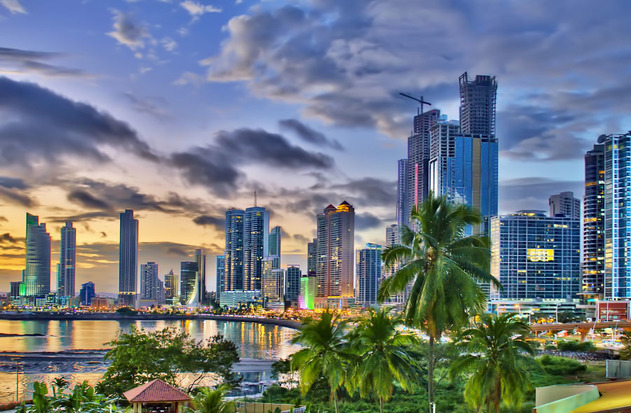
Expats moving to Panama will find a number of excellent private and international schools available. The standard of healthcare in Panama is also good, especially in private hospitals in the major cities. While no-one will be denied medical treatment in Panama, expats should ensure they have a good health insurance policy to gain access to better facilities.
Compared to other South and Central American countries, Panama is safe and crime rates are low. Like all countries of the world, the cities are the wildcards, as any city in any part of the world hosts its dangers. The interior and coastal regions however are extremely tranquil, and will provide you with the feeling of stepping into another world of the past.
Ultimately, while Panama is certainly still learning from the rest of the modern/Western world, its potential is undeniable. With its great weather (and no hurricanes), modern infrastructure, stable government, quality health care, US currency, tax and investment incentives, natural beauty, and favorable cost of living,
the appeal of Panama is clear.
Contact us today to be put in touch with our legal team to discuss your opportunities for acquiring residency in Panama!

HISTORY
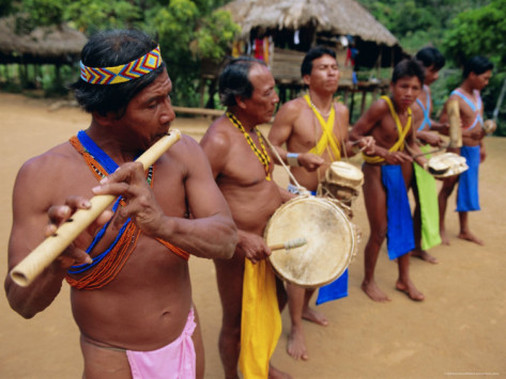
In 1501 however, Spanish conquistadors anchored ships for the first time on the Caribbean of Panama, soon followed by even Christopher Columbus himself, and over the following centuries they claimed the land and sea of Panama for the Spanish empire, officially making Panama a Spanish colony: New Granada. There were great resources to be exported from the territory, primarily silver and gold, being shipped back to Spain. When another Spaniard explorer by the name of Vasco Nunez De Balboa heard rumor from local tribes that there existed yet another ocean/coastline on the opposite side of the dividing mountain range, a great journey began in hunt for this ocean leading Vasco Balboa to become the first European to ever see the Pacific ocean at which point he claimed the land in the name of the Spanish crown….typical.
Once this journey had been proved possible however, Panama became an international trade hub due to its access to both the Pacific and Atlantic ocean and land-route connecting the two.
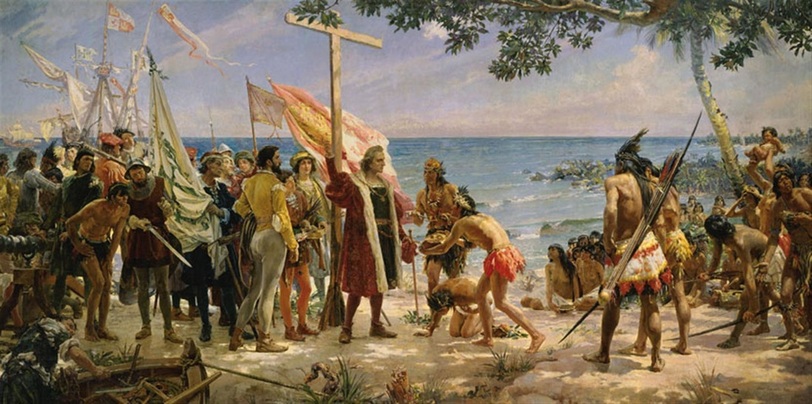
For nearly 300 years, Panama, remained a Spanish colony. Some indigenous peoples caused resistance and clashed with the Spanish over the centuries, while others submitted to Spanish rule. Interestingly enough, it was the South Americans and even Spanish colonists who advocated for and eventually gained independence of what is now Panama. They believed Panama as an independent nation would create better opportunities for inhabitants, as well as international trade opportunities and benefits for centuries to come. In 1821, when the Spanish governor left Panama to march on rebellious Ecuadorians, rebels encouraged by the movement’s creator Jose De Fabrega, the temporary Govenor in charge, quickly spread word of a declaration for independence from Spain. The movement gained traction immediately (thanks in part to bribes settling any resistance from Spanish soldiers), spreading throughout the colony up to the capitol, where a meeting was held between merchants, sailors, land owners, and elites of all types regarding independence from Spain. The end result: November 20, 1821, the colony declared independence, drafted the Independence Act of Panama and joined the Republic of Gran Colombia consisting of present day Colombia, Venezuela, Ecuador, Peru, and Brazil.
In 1831, due to internal strife between the different regions of Gran Colombia, as well as political unrest, the Republic of Gran Colombia was dissolved, leading to the establishment of each respective independent present day country: Venezuela, Ecuador, etc. Panama remained united with Colombia over the following decades, due to lack of stability, strength, and support sufficient enough to separate itself and declare independence.
None the less, Panama continued to sit in the spotlight for international trade. Since the Spanish arrival in the 1500’s, a scheme to connect the Atlantic and Pacific by some form of canal had been pondered, and even surveyed by the Spanish and British. It was the French who finally in 1881 began construction on the Panama Canal, hoping that after successful completion of the Suez Canal (which was much longer than the proposed Panama Canal), they would have all the experience and technology needed to complete the connection of the Atlantic to the Pacific. However, the French found themselves overwhelmed by the weather, dense rainforests, dynamic terrain, dangerous snakes/spiders, and tropical diseases such as yellow fever and malaria. At one point during the project, the monthly death rate of laborers was 200 ! It was on May 15th 1889, after reportedly spending US$287,000,000 while losing an estimated 22,000 lives to disease and accidents, wiping out the savings of 800,000 investors, that the French terminated construction of the canal and the project came to a halt.
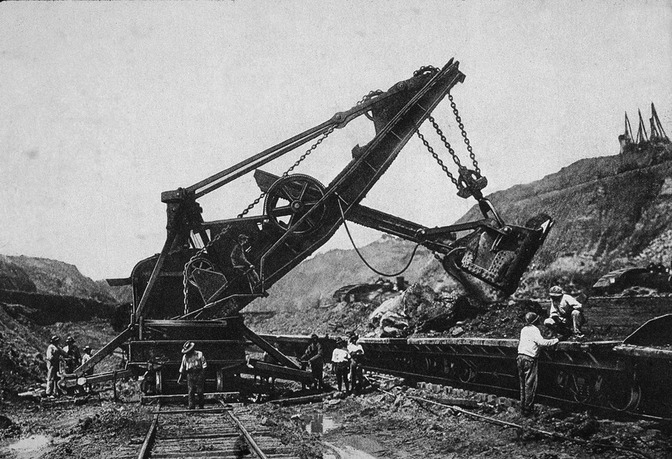
What was completed of the project however, along with all of the assets (machinery, railroad, etc) maintained by Compagnie Nouvelle du Canal de Panama, the French company hired in 1894 to take over the canal project (as caretaker until a buyer was found) went up for sale with an asking price of $109,000,000 USD. It was at this time that the United States was also considering construction of a canal uniting the Pacific and Atlantic, but through the country of Nicaragua. The French manager of the company, Compagnie Nouvelle du Canal de Panama, Phillipe Bunau-Varilla, saw the potential opportunity and pursued a purchase of the canal and all assets by the U.S.
Keep in mind however, that Panama during this time was still a territory of Colombia, so the U.S. was technically going to be purchasing the canal and rights to the land via a long term lease from Colombia, while purchasing all of the project’s assets from the French. It was a complicated situation…
Ironically, during this period of time the people of Panama were once again becoming restless and unsatisfied with Colombian rule, and began speaking of rebellion and independence in hopes of becoming a completely separate nation. The French project manager Bunau-Varilla advised to the then U.S. President Theodore Roosevelt, of this coming rebellion and separation from Colombia, hoping that the U.S. would support the rebels by sending American military as well as money. The catch was: If the U.S. supported Panama in its separation from Colombia, they would be given a hell of a great deal on their purchase of the “Canal Zone” and Panama would remain forever U.S. friendly and cooperative. Therefor, Roosevelt changed tactics, and went forward with full support for the independence of Panama. On November 2, 1903, U.S. warships blocked sea lanes for possible Colombian troop movements en route to put down the rebellion. Panama declared independence on November 3, 1903 and the United States quickly recognized the new nation. On November 6, 1903, Philippe Bunau-Varilla, as Panama’s ambassador to the United States, signed the Hay–Bunau-Varilla Treaty, granting rights to the United States to build and indefinitely administer the Panama Canal Zone and its defenses.
Thus in 1904, the United States purchased the French equipment and excavations, including the Panama Railroad, for US$40 million, of which $30 million related to excavations completed. The United States also paid the new country of Panama $10 million and a $250,000 payment each following year.
In 1921, in order to quell resentment and resistance, Colombia and the United States entered into the Thomson-Urrutia Treaty, in which the United States agreed to pay Colombia $25 million: $5 million upon ratification, and four-$5 million annual payments, and grant Colombia special privileges in the Canal Zone. In return, Colombia recognized Panama as an independent nation.
From 1903 to 1968, Panama was a constitutional democracy dominated by a commercially oriented oligarchy, and progress came rapidly due to the successful operation of the Panama Canal. During the 1970’s up through 1989 however, the country experienced political unrest and instability, as various groups (political, military, etc) began a struggle to attain power of the country. It was in 1989, after military general Manuel Noriega had turned Panama into an oppressive and corrupt dictatorship, and been accused of drug trafficking, that the U.S. intervened, invading Panama City on December 20, 1989. Although it was a controversial act, the invasion was sufficiently supported by Panamanians as well as the international population. Post invasion, democracy returned to the country of Panama, and the government has successfully carried out fair political elections by public vote until present day.
In recent history, in accordance with the Torrijos-Carter Treaties signed in 1977, Panama on December 31, 1999, assumed full control of canal operations and became primarily responsible for its defense. Since the beginning of the new millennia the Republic of Panama has successfully maintained as well as expanded the Panama Canal, and has become a hotspot for tourism, investment, trade, business, finance, and continues its upward rise to a prosperous future.
